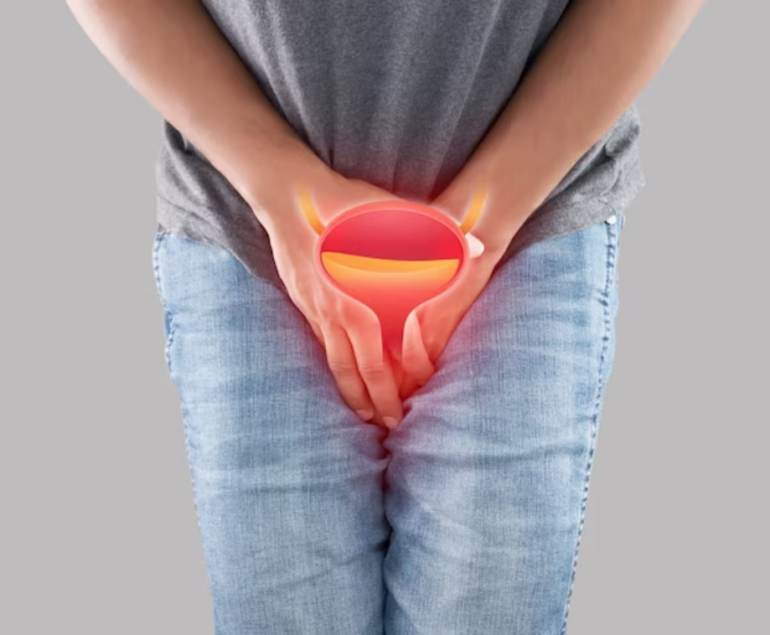Embolization’s versatility and effectiveness have transformed the treatment of a wide range of medical conditions, from varicose veins and aneurysms to tumors and uterine fibroids.
Varicocele: A Common Condition Benefiting from Embolization Expertise
Varicocele, the enlargement of veins in the scrotum, is a prevalent condition affecting approximately 15% of men. While often asymptomatic, varicocele can lead to infertility by impairing sperm production and quality. Embolization has emerged as the gold standard treatment for varicocele, offering a minimally invasive and highly effective approach.
Advantages of Embolization over Traditional Varicocele Treatment
Compared to traditional surgical procedures, such as varicocelectomy, embolization offers several distinct advantages:
- Minimally Invasive: Embolization involves a small incision and the insertion of a catheter, minimizing tissue disruption and scarring.
- Outpatient Procedure: Unlike surgery, embolization is typically performed on an outpatient basis, allowing patients to return home the same day.
- Reduced Recovery Time: Embolization boasts a significantly shorter recovery period compared to surgery, enabling patients to resume their daily activities quickly.
- High Success Rates: Embolization exhibits remarkable success rates, with studies indicating a 90% improvement in varicocele symptoms and a significant increase in sperm count and motility.
The Embolization Process: A Precise and Targeted Approach
The embolization procedure for varicocele typically involves the following steps:
1. Local Anesthesia: The groin area is numbed using local anesthesia to minimize discomfort.
2. Catheter Insertion: A thin catheter is inserted into a vein in the groin and guided to the enlarged varicocele veins.
3. Embolic Material Injection: Embolic particles, such as coils or beads, are injected into the varicocele veins, blocking blood flow and causing them to shrink.
4. Catheter Removal: Once the embolization is complete, the catheter is carefully withdrawn.
Beyond Varicocele: Embolization’s Impact on Medical Advancements
Embolization’s transformative impact extends beyond varicocele treatment, revolutionizing the management of various medical conditions.
- Uterine Fibroids: Embolization offers a minimally invasive alternative to hysterectomy for women with uterine fibroids, reducing bleeding and improving fertility.
- Aneurysms: Embolization effectively treats aneurysms, weakened blood vessel walls that bulge and risk rupture.
- Tumors: Embolization can be used to starve tumors of their blood supply, slowing their growth and enhancing the effectiveness of chemotherapy and radiation therapy.
Conclusion: Embolization Excellence – Shaping the Future of Medical Care
Embolization, with its minimally invasive nature, high success rates, and broad applicability, stands as a testament to the advancements in medical technology. As research and innovation continue, embolization is poised to play an even more prominent role in revolutionizing medical care, offering patients precise, effective, and minimally disruptive treatments for a wide range of conditions.








